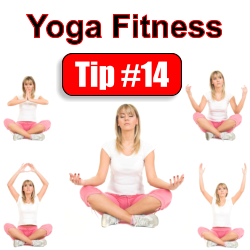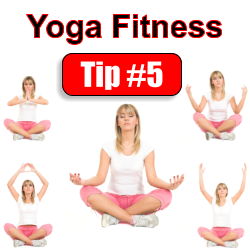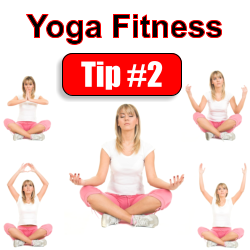Can Yoga Help Your Lower Back Pain?
The American Heart Association says that most people will suffer some form of lower back pain in their life. And if you have this debilitating affliction, you know how limiting it can be. Aside from improving heart health, helping you lose weight and drastically increasing brainwave function and recall, proper yoga practice can actually reduce lower back pain.
But there are a few yoga poses and positions that do a better job at this than others. Practice the following yoga poses in your routine every week, and benefit from less lower back pain as a result but be sure that you have proper clearance from your doctor and be certain that you are doing the poses correctly. A good yoga instructor can help you with this.
Whether sitting at your computer on the job for hour after hour, or bent over in your backyard garden, your daily activities can lead to lower back pain. One pair of yoga poses that works so well together for reducing back pain is the Cat/Cow combo.
By moving back and forth between these two postures, you begin to warm up as well as stretch your back muscles. These include the muscles in your lower back. Look to your yoga trainer or coach for proper form and function, or turn to the many yoga courses and programs offered on the Internet for convenient use in your home at your leisure.
One of the yoga positions well known for strengthening your lower back muscles is the Chair pose. A quick word of warning… If you are new to yoga take it easy with this particular mode. Mimicking the natural human body movement when you sit in a chair, you hold this pose for 10 deep breaths.
As you squat this focuses attention on your lower back muscles, and over time can condition your body with such strong muscles in that region that you not only can treat lower back pain, but you greatly reduce your risk of contracting it in the first place.
While Downward Dog may sound like a depressed canine, it is actually an excellent yoga pose for supporting all of your back muscles. This wonderful position also helps improve your overall body posture, and even engages your abdominal muscles. The longer you are able to hold this pose in a comfortable manner the better and more beneficial it is to your lower back.
Spinal Twist sounds like a great name for a rock band, but is actually a great pose for overworked back muscles. Beginners are recommended to take this slowly, as over-twisting can aggravate and accelerate back pain.
With the Spinal Twist pose you are looking to stretch gently. If you begin to feel pain of any kind, back off and move to a more comfortable position. The Standing Forward Bend is a beneficial exercise in many ways. It also effectively uses gravity to more gently and comfortably stretch your lower back after positions like the Chair pose.
With your arms raised above your head, swan dive forward on your next inhale and bend at your waist. Practicing this yoga pose will eventually allow you to touch the floor, and this is one of many simple to perform but helpful yoga positions which can help you reduce back pain.









